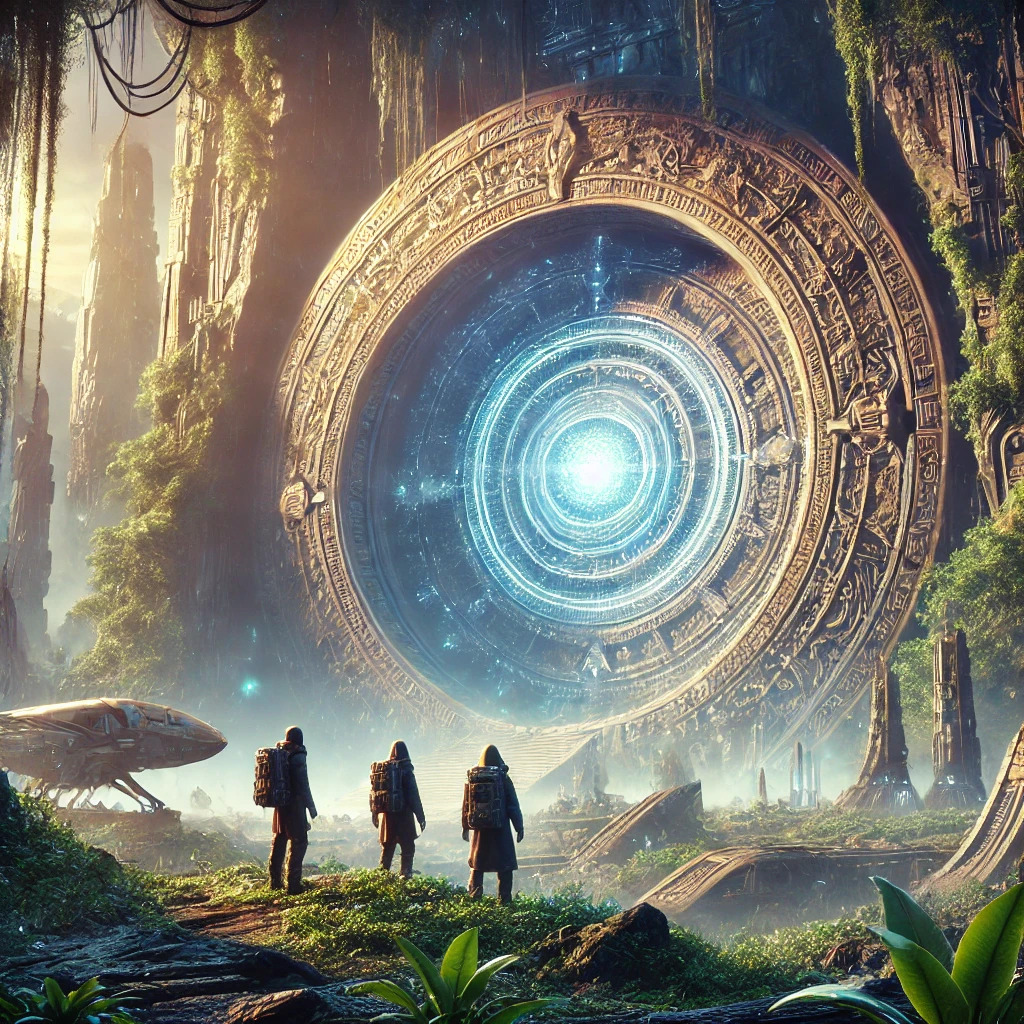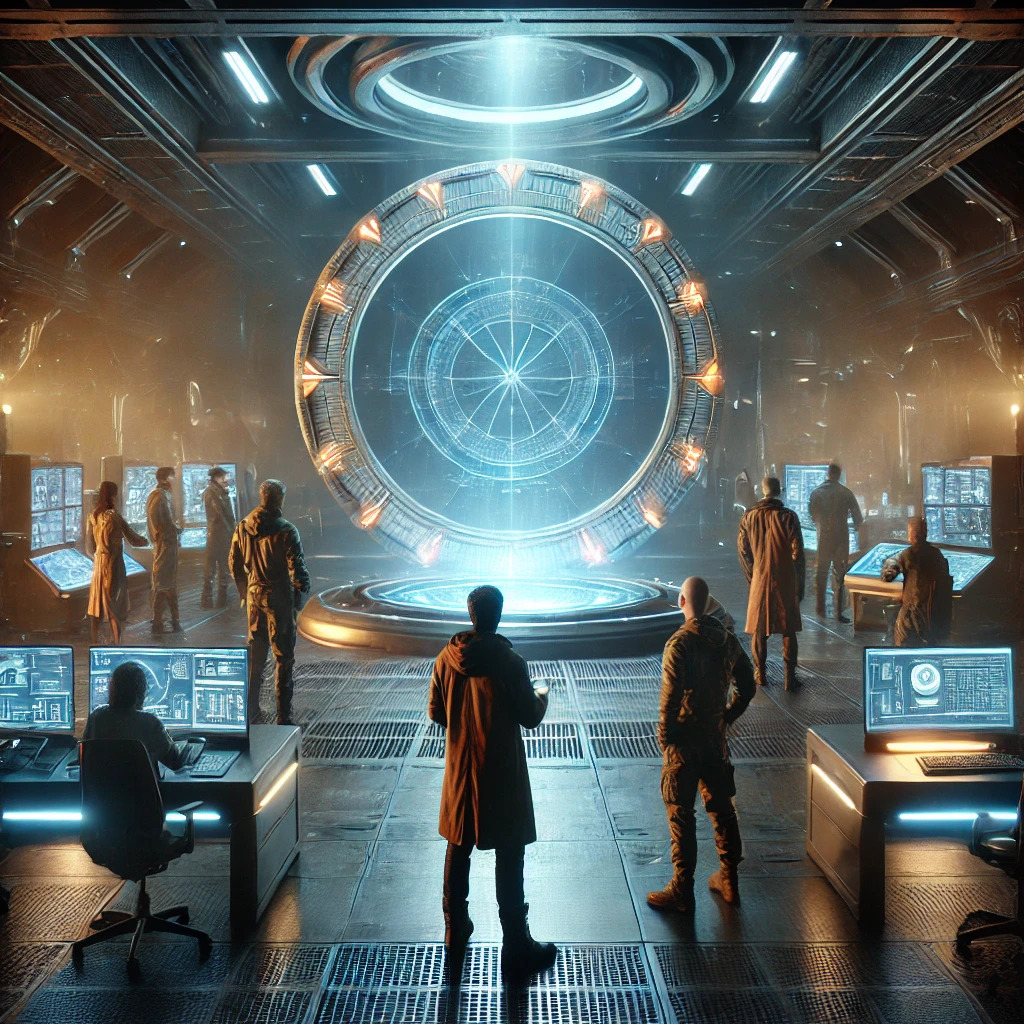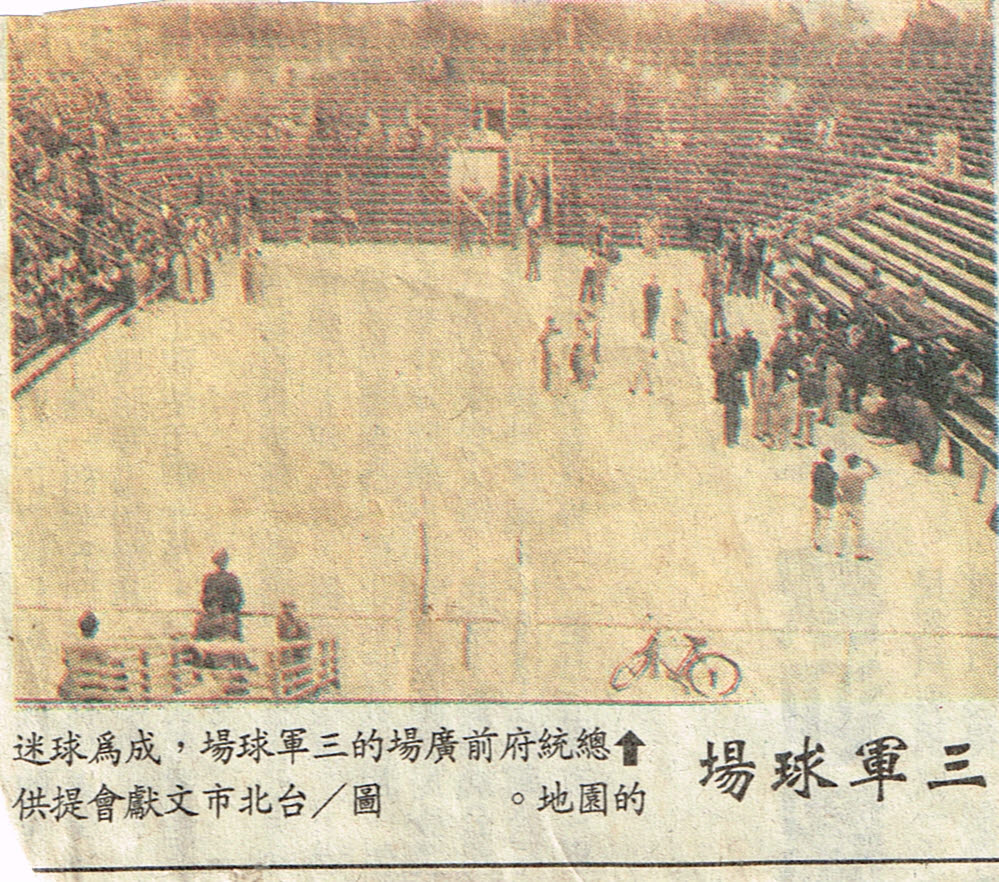Nvidia CEO Jensen Huang delivers a speech during the Computex 2024 exhibition in Taiwan on June 2. Nvidia’s 10-for-1 stock split is in effect, giving investors nine additional shares for every one that they already own. Shares were up 1% at $122.27 in midday trading on Monday 06/10/2024
Jensen Huang, the CEO of NVIDIA, exemplifies a dynamic and visionary leader in the tech industry. His character as a CEO model can be elaborated on several key attributes:
Visionary Thinking
Jensen Huang is renowned for his forward-thinking approach, consistently pushing the boundaries of technology. His vision has driven NVIDIA to be at the forefront of AI, graphics processing, and deep learning.
Innovation and Adaptability
Under his leadership, NVIDIA has continually innovated, adapting to market needs and technological advancements. Huang’s ability to foresee industry trends and pivot accordingly has kept NVIDIA relevant and competitive.
Technical Expertise
With a background in electrical engineering, Huang brings a deep technical understanding to his role. This expertise allows him to make informed decisions and contribute to NVIDIA’s product development and strategic direction.
Passion and Commitment
Huang’s passion for technology and commitment to excellence are evident in his work ethic and dedication to NVIDIA’s mission. His enthusiasm inspires his team and drives the company’s culture of innovation.
Strategic Leadership
Huang’s strategic acumen is demonstrated in NVIDIA’s expansion into new markets and technologies. He has successfully navigated the company through various industry shifts, securing its position as a leader in the tech world.
Inspirational Leadership
Known for his charismatic and motivational leadership style, Huang inspires his employees to strive for greatness. He fosters a culture of creativity, encouraging his team to think big and pursue ambitious goals.
Resilience and Determination
Huang’s journey with NVIDIA has not been without challenges. His resilience and determination have been crucial in overcoming obstacles and achieving long-term success. He embodies the perseverance needed to thrive in the fast-paced tech industry.
Customer-Centric Focus
Huang emphasizes the importance of understanding and addressing customer needs. By prioritizing customer satisfaction and engagement, he ensures that NVIDIA’s innovations align with market demands.
Ethical Leadership
Integrity and ethical considerations are central to Huang’s leadership philosophy. He advocates for responsible AI and ethical business practices, setting a standard for the industry.
Mentorship and Development
Huang is dedicated to mentoring and developing talent within NVIDIA. He believes in empowering employees, providing opportunities for growth, and nurturing the next generation of tech leaders.
Commitment to Diversity and Inclusion
Huang champions diversity and inclusion within NVIDIA. He recognizes the value of diverse perspectives and works to create an inclusive environment where everyone can thrive.
Global Impact
Huang’s leadership extends beyond NVIDIA, influencing the global tech landscape. His contributions to AI and computing have had a significant impact on various industries, from healthcare to autonomous vehicles.
In summary, Jensen Huang’s character as a CEO model is defined by his visionary thinking, technical expertise, passion, strategic leadership, and commitment to ethical practices and diversity. He is an inspirational figure who has driven NVIDIA to remarkable heights, setting a benchmark for effective and innovative leadership in the tech industry.
Jensen Huang,NVIDIA的首席執行官,作為科技產業中一位充滿活力且具有遠見的領導者,他的角色可以從以下幾個關鍵特質來闡述:
遠見卓識
Jensen Huang以其前瞻性的思維著稱,不斷推動科技的邊界。他的遠見驅使NVIDIA在人工智慧、圖形處理和深度學習方面處於領先地位。
創新和適應能力
在他的領導下,NVIDIA持續創新,並適應市場需求和技術進步。Huang能夠預見行業趨勢並相應調整,這使NVIDIA保持相關性和競爭力。
技術專業知識
憑藉電氣工程背景,Huang為他的角色帶來了深厚的技術理解力。這種專業知識使他能夠做出明智的決策,並對NVIDIA的產品開發和戰略方向作出貢獻。
熱情和承諾
Huang對科技的熱情和對卓越的承諾在他的工作倫理和對NVIDIA使命的奉獻中表露無遺。他的熱情激勵著他的團隊,並推動公司創新文化。
戰略領導力
Huang的戰略眼光體現在NVIDIA向新市場和技術的擴展中。他成功地引導公司度過各種行業轉變,確保其作為科技領導者的地位。
激勵人心的領導力
Huang以其富有魅力和激勵性的領導風格而聞名,他激勵員工追求卓越。他營造了一種創造力文化,鼓勵他的團隊大膽思考,追求雄心勃勃的目標。
韌性和決心
Huang與NVIDIA的旅程並非一帆風順。他的韌性和決心在克服障礙和實現長期成功方面至關重要。他體現了在快節奏科技行業中茁壯成長所需的毅力。
以客戶為中心的關注
Huang強調了解和滿足客戶需求的重要性。通過優先考慮客戶滿意度和參與度,他確保NVIDIA的創新與市場需求保持一致。
道德領導力
誠信和道德考量是Huang領導理念的核心。他提倡負責任的人工智慧和道德商業實踐,為行業樹立了標杆。
指導和發展
Huang致力於指導和培養NVIDIA內部的人才。他相信賦權員工,提供成長機會,並培養下一代科技領袖。
對多樣性和包容性的承諾
Huang倡導NVIDIA內部的多樣性和包容性。他認識到多元觀點的價值,並致力於營造一個人人皆能茁壯成長的包容環境。
全球影響力
Huang的領導不僅局限於NVIDIA,還影響著全球科技格局。他對人工智慧和計算領域的貢獻對包括醫療、無人駕駛車輛等多個行業產生了重大影響。
總之,Jensen Huang作為CEO的榜樣,其特質包括遠見卓識、技術專業知識、熱情、戰略領導力以及對道德實踐和多樣性的承諾。他是一位激勵人心的人物,將NVIDIA推向了卓越的高度,為科技產業中的有效和創新領導力樹立了標杆。




